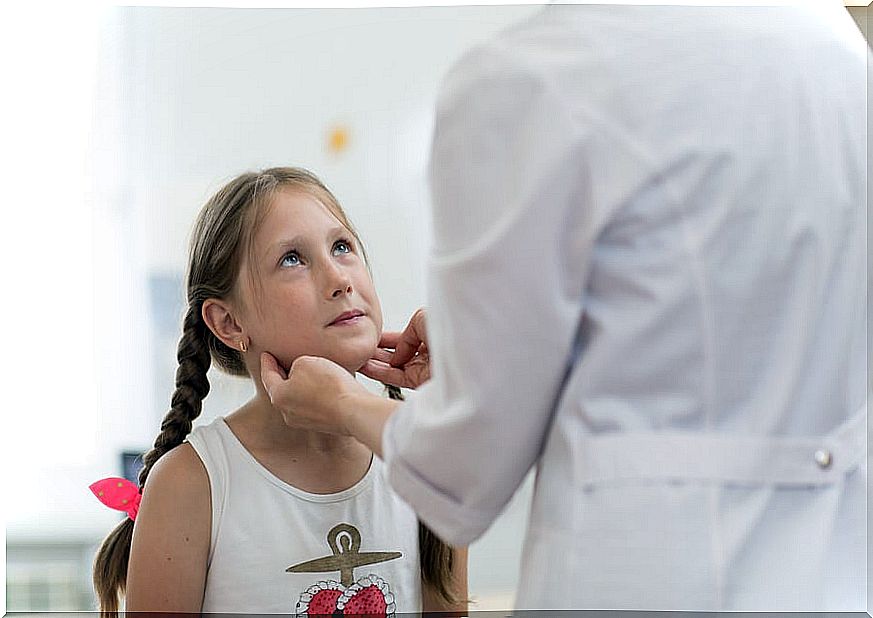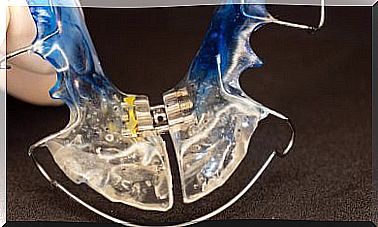Lymph Nodes In Infants And Children: What Are They And How To Control Them?
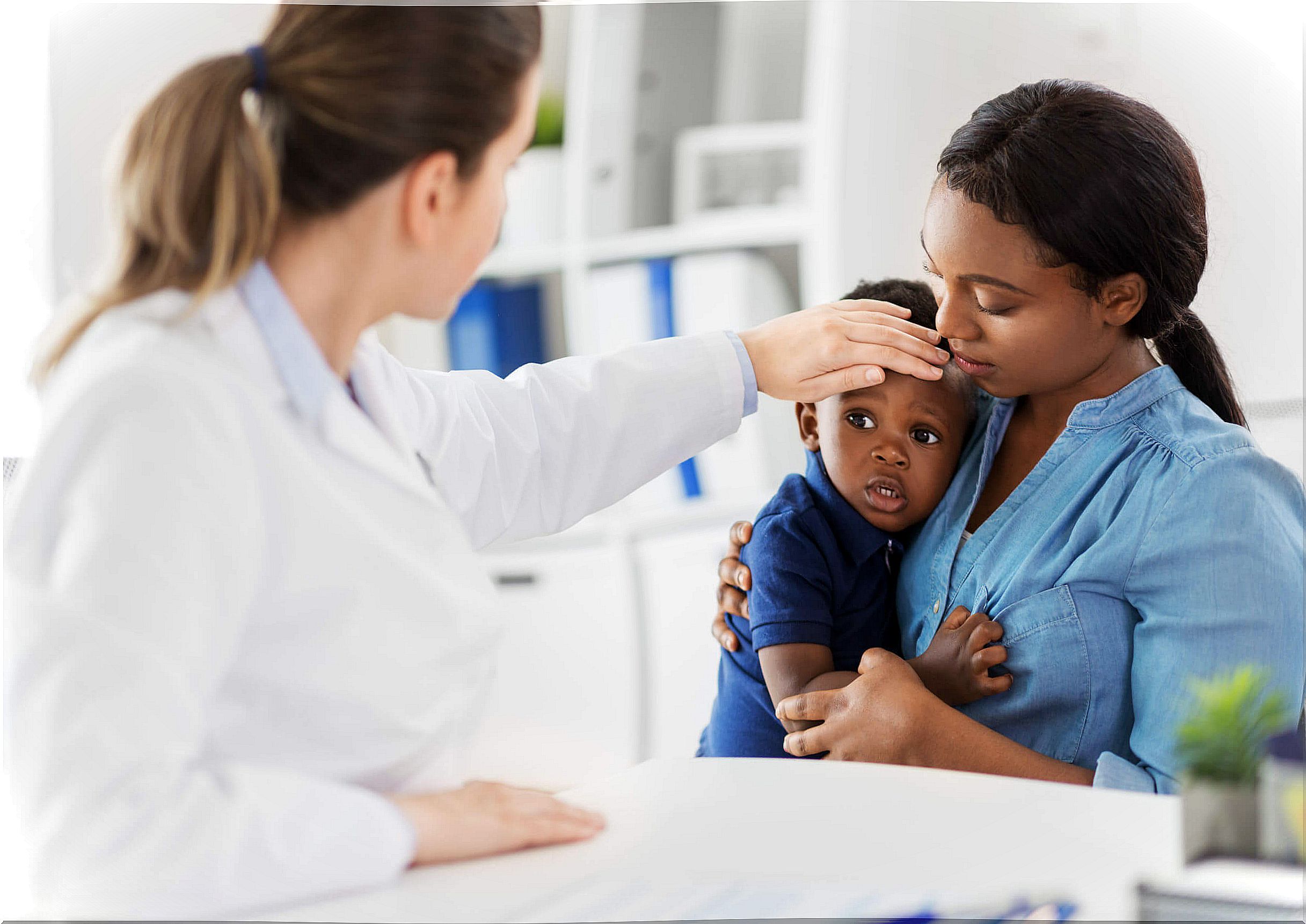
Do you know the famous lymph nodes? These are tiny, inconspicuous rounded structures that are part of the immune system. Therefore, when there is an infection, they become “activated” and inflamed, becoming a temporary nuisance.
Its appearance in children – and in adults – is quite common and does not usually require treatment. However, there are some serious diseases that also affect the lymph nodes, although in a more discreet and prolonged way.
Having some knowledge about this part of medicine is always helpful, especially when you have young children. Are you interested in knowing a little more? Keep reading!
Lymph nodes in health and disease
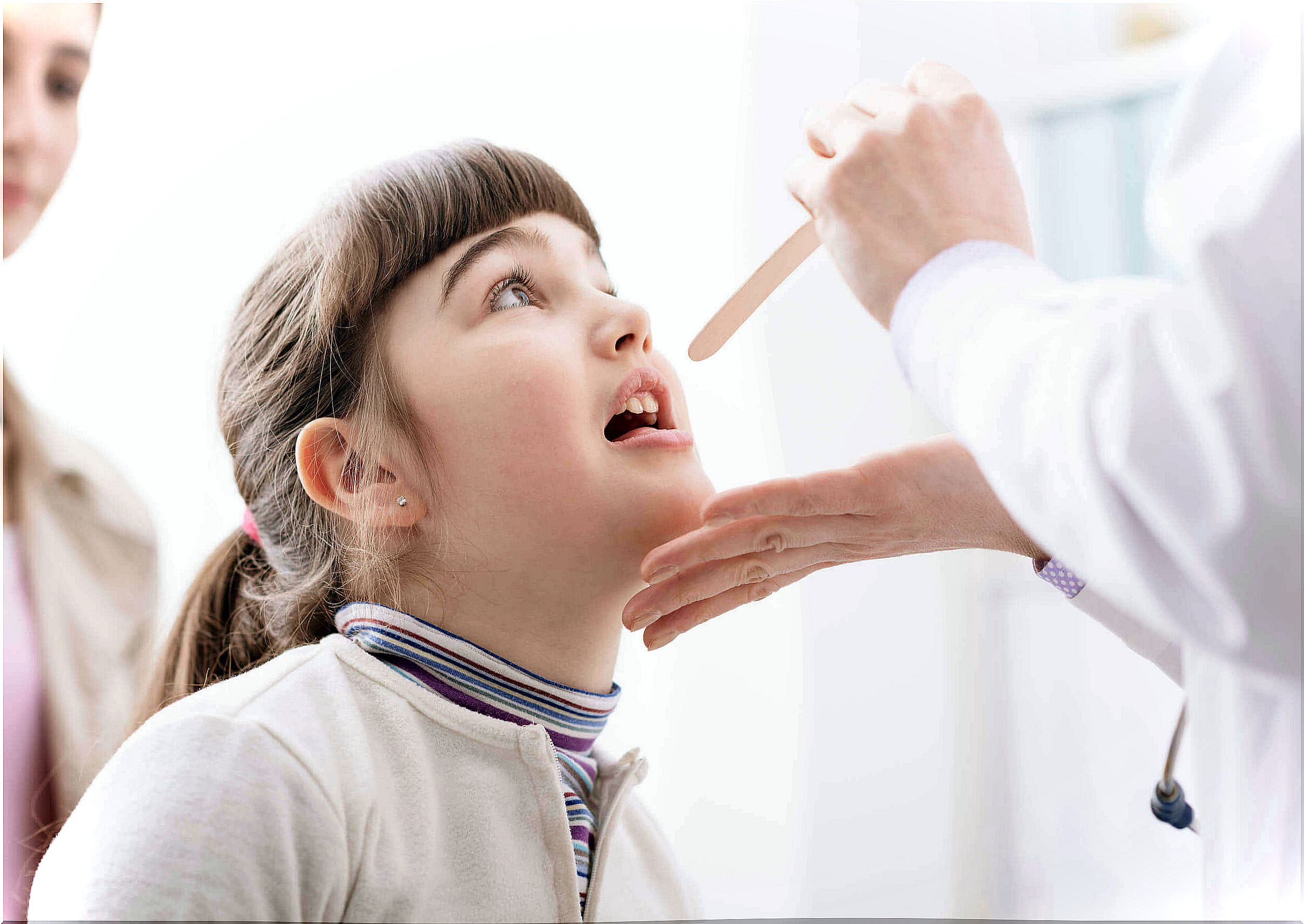
The nodes are round structures that are part of the lymphatic system. The latter is made up of a set of vessels, like those of the cardiovascular system, which carry lymph inside.
If you are wondering what lymph is, it is a substance rich in protein and fat that comes from excess fluid in some very small blood vessels (capillaries). So to speak, this system “collects” part of the fluid that the body spills and reintroduces it into the venous system.
This all sounds very interesting, but what do ganglia have to do with all this? These tiny structures are closely related to the lymphatic vessels, but from a functional point of view, they are part of the immune system.
The microorganisms carried by the lymph always have to pass through several lymph nodes before reaching the venous system. This is where a bunch of cells (like lymphocytes) attack germs and defend the body from the effects of infection.
Where are the nodes located?
The ganglia are scattered throughout the body, closely related to the blood vessels. Therefore, it is common to find these chain-like structures accompanying some arteries and veins, but in a different compartment and doing different things.
They are abundant in the groin region (more or less in the crotch region), the neck and the armpits. In the internal organs they are also very numerous, as in the diaphragm, the lungs and the stomach.
The latter are not evident on a day-to-day basis, so to detect their inflammation, complementary studies, such as a computerized axial tomography, must be performed.
How to identify suspicious nodes?
The nodes are often inflamed in response to infection. Those who respond immediately are those who are closest. For example, during some upper respiratory infections, such as tonsillitis or rhinosinusitis, the glands in the neck become inflamed.
Do you know how to learn to detect them? In general, they are small masses of soft consistency, mobile, painful when touched and whose surface may be a bit hot. Symptoms usually ease as the initial infection progresses; Commonly used pain relievers or anti-inflammatories, such as ibuprofen, can help.
Although in most cases these nodes are not important, there are some diseases that can affect these structures. In fact, they can “ignite” them for a long period of time and go unnoticed.
In these cases, the increase in volume occurs in several weeks or months, the consistency can be hard and painless, and the size can be several centimeters. Under these conditions, the surface is not usually red or hot.
Important diseases that can affect the nodes
The most typical are those conditions that affect the blood, such as leukemias and lymphomas. Both are a type of cancer that affects the cells of the immune system, which travel through the blood and, of course, in the lymphatic system.
Other conditions include tuberculosis, systemic lupus erythematosus, or human immunodeficiency virus (HIV) infection.
Is it necessary to go to the pediatrician if there is a swollen lymph node?
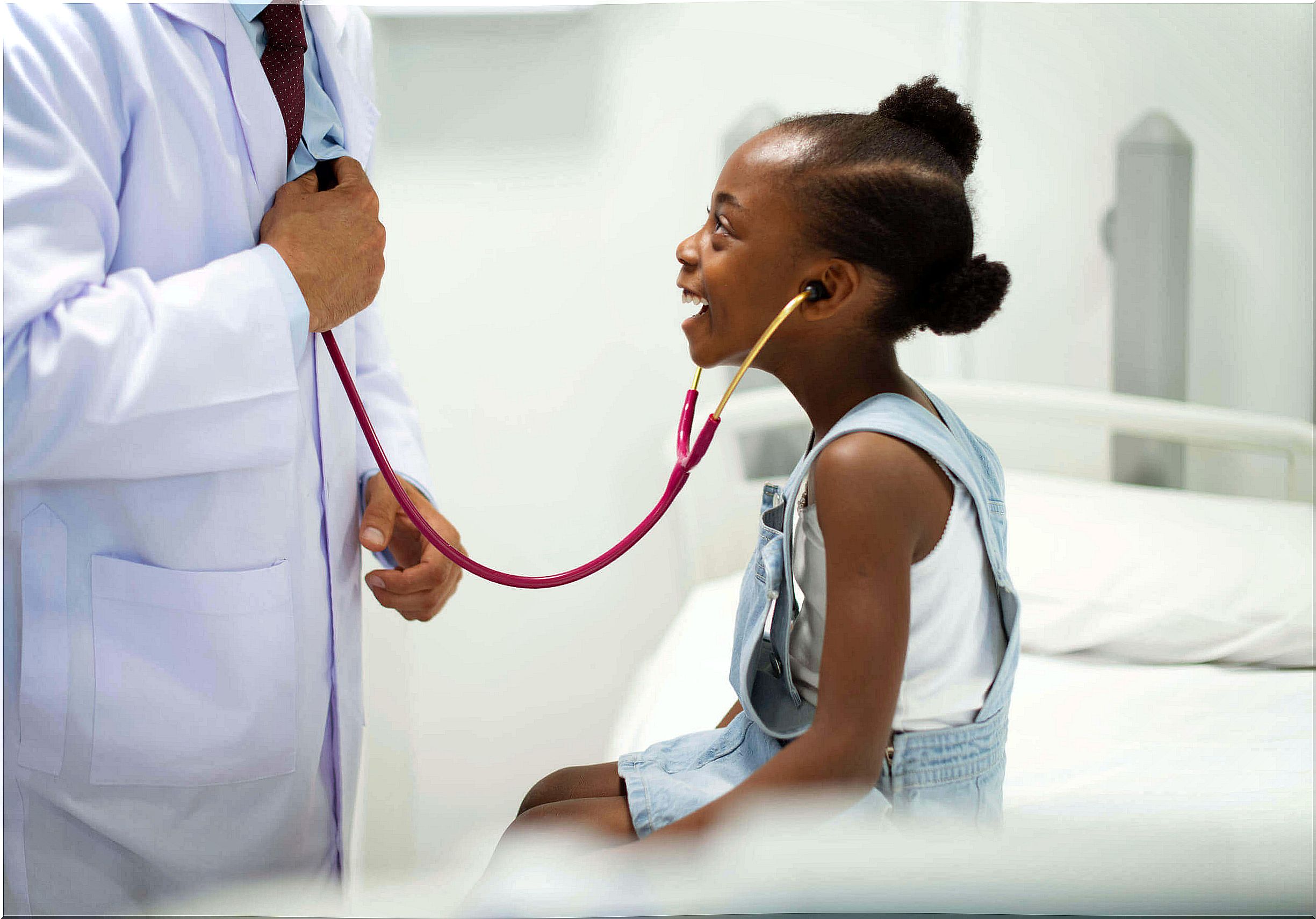
Although the diseases mentioned in the previous section are more or less common, in the vast majority of cases the nodes do not represent a danger or alarm sign. In case of having a child, it is advisable to be attentive to the appearance of these structures and the presence of the warning signs that we have mentioned before.
In such a case, it is necessary to see a pediatrician as soon as possible. Most likely, after performing the corresponding physical examination, some additional blood tests will be indicated to assess your general condition. In some cases, a biopsy may be necessary.
There are also other warning symptoms that should get the attention of parents:
- Appearance of nodes above the clavicle.
- Persistent fever for several days or weeks.
- Weight loss or lack of appetite.
- Frequent pain in any part of the body.
- Excessive bleeding from cuts, bumps, or falls.
You always need to stay tuned
Knowing the human body a little better helps prevent many health problems. It is not necessary to reach the limits of overprotection or compulsiveness, but simply to maintain attention in the event of an anomaly.
It must be remembered that any of the aforementioned conditions has a better prognosis if its diagnosis and treatment are early.
